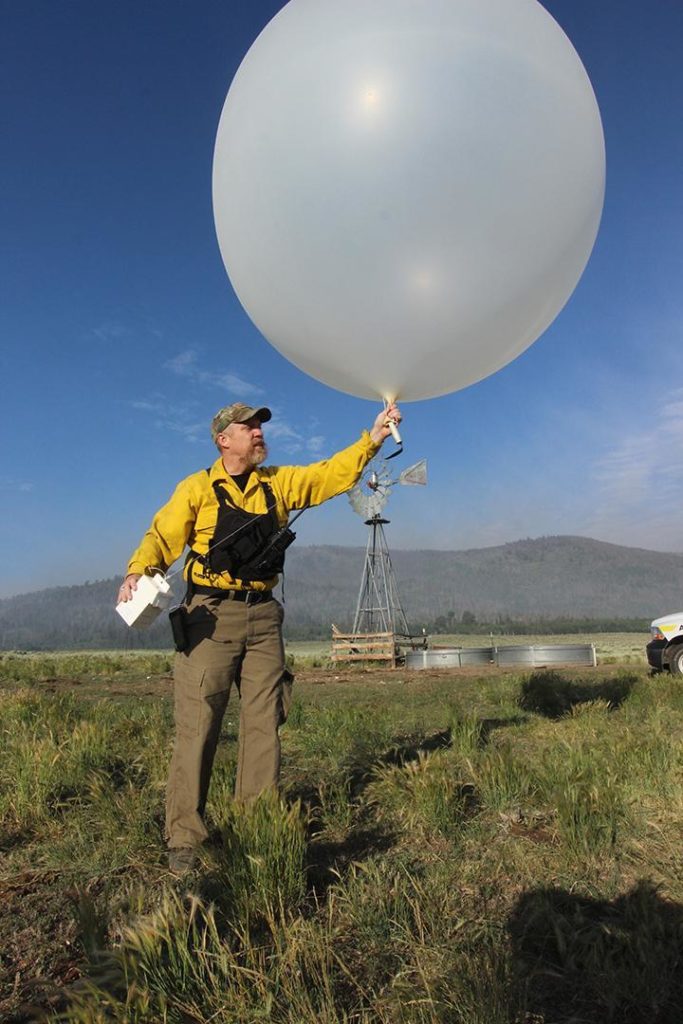6 Things Forecasters Want You to Know About Weather and Climate
Posted
Last Updated
1. Every big weather event isn’t necessarily caused by climate change.
Severe or extreme weather can be caused or intensified by climate change, but other factors play a role, too. The ingredients that create all weather events remain the same, but a changing climate can affect one or more of those ingredients, so that it occurs more often or less often — or more intensely or less intensely — over time.
One example: Sometimes prolonged heat waves or flooding rainfall are made more likely by a warmer world. And sometimes, they are driven by natural climate variability. Sorting this out takes time and careful research to identify patterns of climate change influencing specific weather events.
An easy way to think of it is: Climate is what you expect; weather is what you get. [See this detailed explanation of the difference between weather and climate.]
2. Snowstorms are about more than how much snow is likely to fall.

During a snowstorm, focusing on just total snowfall overlooks a lot of important information that forecasters want you to know. Our goal is to communicate impacts of weather on people, so we also are thinking about how fast the snow is falling, how strong the winds are, what time of day it is, and if snow squalls and blizzard conditions might develop.
Two inches of fast-falling snow during rush hour in a congested, metropolitan area can have a much larger societal and safety impact than 6 inches in less populated community, for example. NOAA’s experimental Winter Weather Severity Index can help you to understand the potential impacts of the forecast in your area alongside the watch, warning and advisory products on weather.gov.
3. Tornado ‘season’ differs across parts of the country.

The timing of tornado outbreaks depends on where you live. Don’t be fooled into thinking tornadoes only occur in the springtime. In fact, tornadoes can develop in the southeastern U.S. throughout the year, even on Christmas Day. Winter tornadoes are extremely rare in the Southern Plains, but the chance peaks in mid-May. The atmosphere pays no attention to the calendar and is capable of producing a tornado whenever the right conditions come together.
4. Hurricane wind speeds are not the only danger: Watch out for the water.

Hurricanes are the nation’s deadliest, single-day natural disaster. A common misperception is that the most dangerous part of a hurricane is its winds, but water is responsible for nearly 90% of hurricane-related fatalities. Nearly half of these deaths are from storm surge, the dangerous inland surge of water along the coast.
Another 27% of the fatalities are due to flooding from heavy rainfall. And even if the storm remains hundreds of miles away, rip currents and high surf along the coast can be deadly.
The bottom line? Think water first, and know your vulnerability.
5. Aurora borealis: Not just an otherworldly light show.

Few natural events are as awe-inspiring as displays of the aurora borealis, or Northern Lights, dancing across the night sky. But did you know that aurora are the product of powerful solar storms?
Storms from the sun can have significant effects on modern technologies, including the electrical grid. Forecasters at NOAA’s Space Weather Prediction Center are constantly on the lookout for solar storms and other types of space weather, so they can provide watches and warnings to the airline industry, NASA, telecommunications companies and a host of other technology operators who have systems that could be affected by big bursts of energy from the sun. [See the latest aurora forecasts from SWPC.]
6. Flooding is a killer. Seriously.

Flooding occurs in all 50 states and is a risk for nearly everyone, everywhere. Flooding is also one of the deadliest weather-related hazards. According to the latest figures (2018), more than 50% of all flood-related deaths occur when a vehicle is driven into flood water; about 20% of flood-related deaths result from walking into or near flood waters.
Be aware: It takes only 6 inches of fast-moving water to knock over an adult, 12 inches of rushing water to carry away most cars, and just 2 feet of rushing water to sweep away SUVs and trucks.
To see how flooding can impact your state, check out this interactive map. NOAA’s Excessive Rainfall Outlook can help you monitor real-time risks of heavy rain that can lead to flash flooding. Find the latest, official flood watches and warnings at weather.gov. And remember: Turn Around, Don’t Drown.
NOAA forecasters agree: Always be prepared.
-
Find and follow your local National Weather Service Forecast Office 24/7 on Twitter and Facebook for the latest details on conditions where you are or where you’re headed.
-
If you receive a Wireless Emergency Alert on your phone or mobile device, please act as instructed to stay safe.
-
Access Ready.gov preparedness tips and lists for all kinds of severe weather events.
READ MORE at noaa.gov

